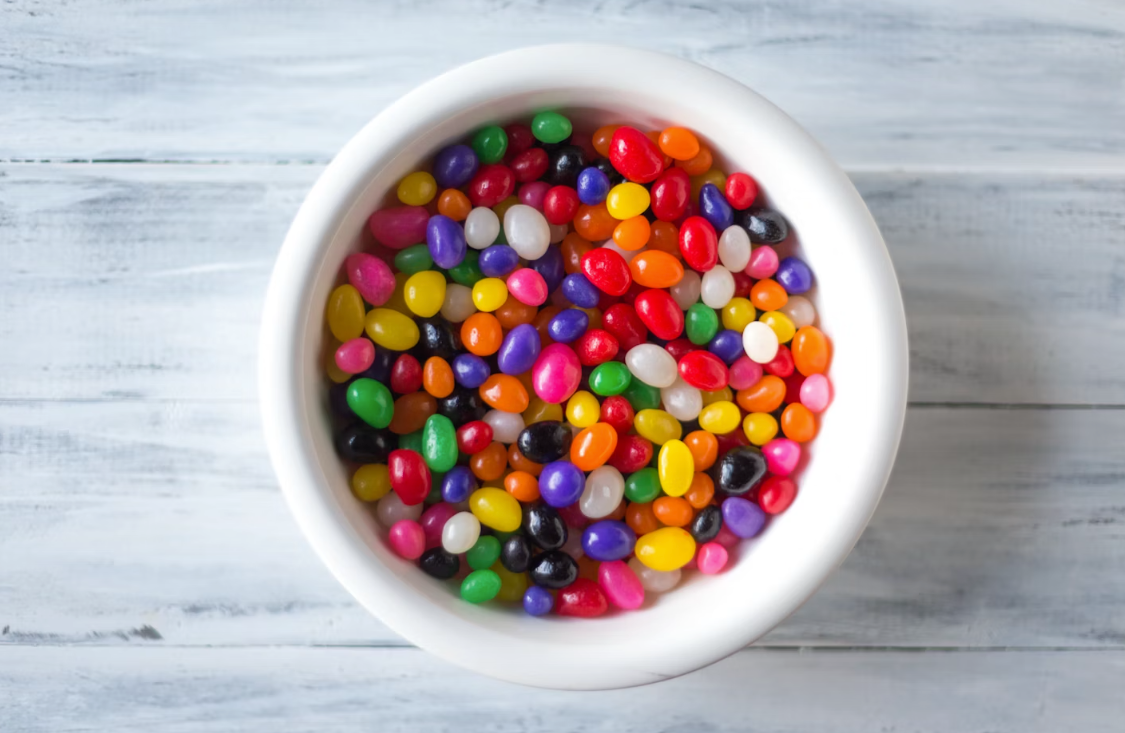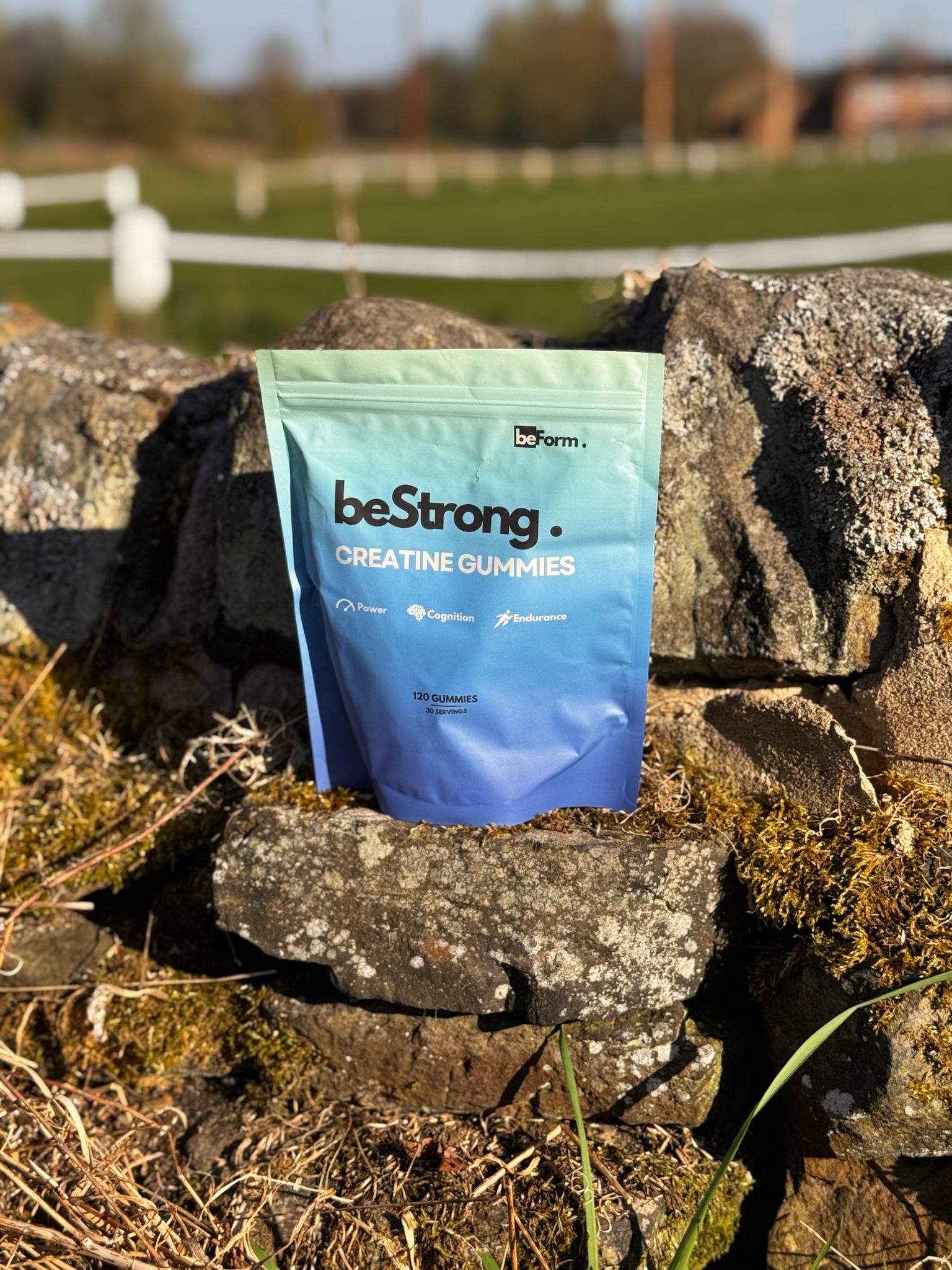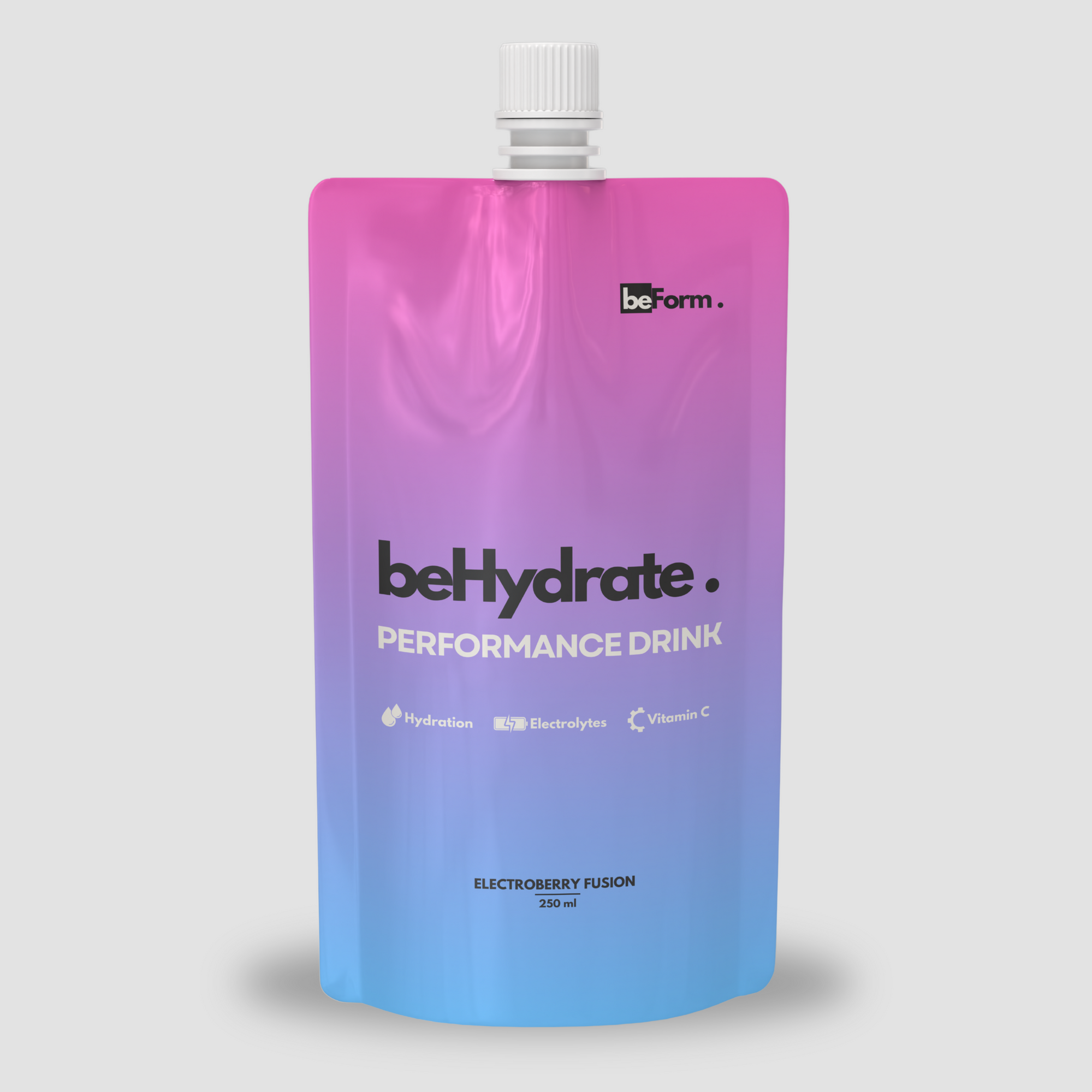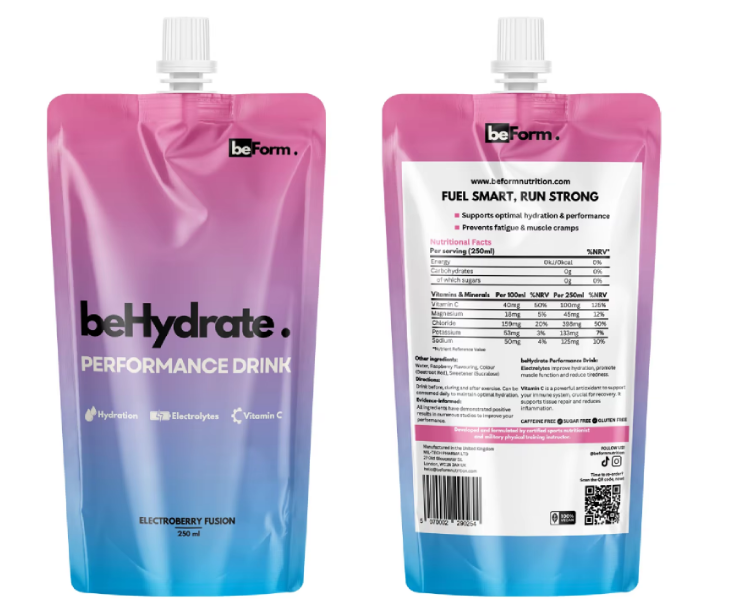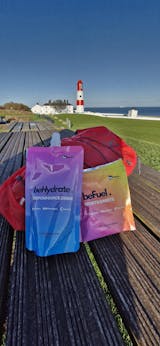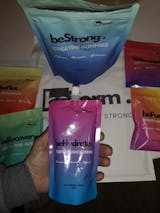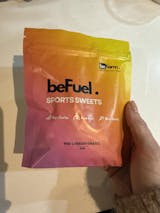1. Introduction: Why Carbs Matter for Endurance Running
Have you ever witnessed a marathon runner hit "the wall" around mile 20 or a triathlete collapse from fatigue riding their bike?
Often, the source is improper fueling, specifically a lack of carbohydrates.
I witnessed my friend completely bonk during a half-marathon because his training efforts had gone largely unheeded when it came to his nutrition plan; it was an eye-opening lesson for both of us!
Proper fueling with carbohydrates can help ensure that you do not experience the "bonk" during endurance activities.
Endurance sports such as marathons, triathlons, ultramarathons and long-distance cycling put your body to its absolute limits. They require sustained energy from carbs as they serve as the primary fuel source. Think of them like rocket fuel for your engine!
This guide explores the integral role carbohydrates play in endurance performance. We'll go into detail about how your body uses carbs and provide advice on when, what, and how much to consume to optimise fueling strategies.
Whether chasing down personal bests or just finishing strong, mastering carb intake is vitally important to success.
Here's what we will cover:
-
The Science: Understanding how carbohydrates fuel your body and their importance for endurance sports.
-
Timing: Optimising carb intake before, during, and post exercise for maximum effect.
-
Types: Selecting suitable types of carbohydrates depending on specific situations.
-
Determine Amounts: Determining how much carbohydrate you need based on your individual needs
-
Real-World Examples: Learn From Marathoners, Triathletes and Ultramarathon Runners' Fueling Strategies.
2. Carbs and Endurance: Fueling the Machine
Carbs are one of three macronutrients (along with protein and fat) that provide your body with energy, breaking down into glucose, which energises both muscle cells and your brain.
Sugars (simple carbs) can provide instantaneous energy.
Complex carbs (starches and fibre) take longer to break down, and provide sustained release of energy over time. Think of simple sugars like kindling for starting fires quickly, while complex carbs (like logs) provide fuel.
When you eat carbohydrates, your body breaks them down into glucose for immediate energy usage or stores as glycogen in your muscles and liver for future energy needs.
Glycogen acts like an energy reserve, think of it like your fuel tank that you can draw upon during long training sessions or races!
As you engage in endurance exercise, your body relies heavily on its glycogen stores to power performance and prevent fatigue - commonly referred to as "bonking" or hitting the wall.
Proper fueling can help avoid this discomforting experience! Trust me; no one wants to experience bonking!
Cracked earth serves as a reminder that when carbohydrate stores run low, performance may suffer as your performance cracks under pressure. Don't allow that to happen to you - fill up!
Carbs help maintain stable blood glucose levels during exercise, avoiding energy crashes and providing consistent fuel to muscles and the brain. If carbohydrate stores run low, your body begins breaking down muscle protein for energy; however, an adequate carb intake helps spare this resource and maintain muscle mass and strength.
3. Timing Carbs for Maximum Performance: When to Fuel For Peak Results
Timing your carb intake is as essential as its type and amount. Fueling before, during, and after exercise can dramatically impact both performance and recovery.
Pre-Exercise Carb Loading to Prepare for Long Haul Runs
Carbohydrate loading, also known as "glycogen supercompensation," involves building your glycogen stores as quickly as possible before an endurance event, in order to have enough fuel reserves during it.
To do so, gradually increase carb consumption to 8-10 grams per kilogram of body weight per day over three to four days before an endurance event; decrease fat and protein consumption to make room for additional carbs; focus on complex carbohydrates like pasta, rice, potatoes, bread, oats.
High fibre foods could potentially cause gastrointestinal distress mid-race; I once made that mistake myself!
Maintain Your Energy Levels While Exercising
Your body's glycogen stores will gradually diminish during prolonged exercise. Consuming carbohydrates during your workout can help maintain stable blood glucose levels, delay fatigue, and boost performance.
Aim for 30-60 grams per hour in events lasting 2.5 or more hours, using glucose/fructose combos such as energy gels/chews/sports drinks/real food like bananas or dates as efficient sources.
Research shows that with proper practice, athletes can consume up to 120g of carbs per hour.
Post-Exercise: Recovery and Replenishment
Replenishing your glycogen stores after exercise is crucial to recovery and preparation for future training sessions.
The 30-60 minutes immediately following exercise are often known as the "anabolic window", when your body is most receptive to nutrient absorption.
Choose simple and complex carbohydrates as quick ways to replenish glycogen stores quickly while providing sustained energy - fruit, yoghurt, chocolate milk, and whole-grain bread are examples.
Combine carbs with protein after exercising to stimulate muscle protein synthesis and speed recovery; aim for a 3:1 or 4:1 ratio; I prefer chocolate milk mixed with banana after a tough workout as it's quick, simple, easy and effective!
4. Types of Carbohydrates: Choosing the Right Fuel for the Job
Not all carbohydrates are equal. Gaining insight into the different kinds of carbs available and their impact on your body is a great way to select fuel appropriate for specific situations.
Glucose is the primary energy source, while fructose (another type of sugar that's metabolised differently from glucose) plays an additional role.
Sucrose (table sugar) contains both types of sugar. Simple sugars such as glucose and fructose provide quick energy sources during exercise, while complex carbs offer long-acting energy releases that make them ideal for pre-exercise carbohydrate loading and post-exercise glycogen replenishment.
Glycemic index (GI) measures how quickly food raises blood glucose levels, while the glycemic load (GL) takes into account both factors.
High-GI foods can deliver quick energy bursts while low-GI ones provide sustained release. Examples of high GI foods are white bread, white rice and sports drinks; medium GI options such as bananas, oatmeal and whole-wheat bread all fall under this category, while lentils, beans and sweet potatoes fall into low GI categories.
Real food provides essential nutrients and may be more satisfying, yet less convenient and easier to digest during exercise than sports nutrition products.
While sports nutrition products may provide convenience and ease of digestion during physical activity, real foods offer vital vitamins and minerals that cannot be found elsewhere.
Examples being bananas, dates, energy bars and rice cakes with nut butter for real options, while energy gels, chews and drinks may offer convenient nutritional support during physical activities.
5. How Much Carbohydrate for Your Performance?
Determining how many carbs to consume depends on many factors, including your body weight, exercise intensity, duration and individual metabolism.
Larger individuals generally need more carbohydrates than their smaller counterparts, while higher intensity exercise demands more than lower intensity activity and longer duration activity requires more carbs than shorter duration exercise.
Some people metabolise carbohydrates more efficiently than others, so finding what works best for you should be your aim.
Here are some general recommendations for daily carb requirements of endurance athletes (in grams per kg of bodyweight):
-
Moderate Training (1-2 hours/day): 5-7 grams per kg of body weight
-
High-Intensity Training (2-4 hours/day): 7-10 grams per kg of body weight
-
Extreme Training (4+ hours/day): 10-12 grams per kg of body weight
Remember to increase carb intake during times of intense training, and decrease it during rest or recovery periods. Listen to your body!
Stay aware of the signs of under- and over-fueling. Low blood sugar (hypoglycemia) symptoms include weakness, dizziness, confusion, sweating and shaking.
Gastrointestinal distress manifests itself through nausea, bloating, cramping and diarrhoea - eating too many carbohydrates could result in weight gain if exercise doesn't offer sufficient calorie burnoff.
6. Real-World Examples of Fueling Strategies in Action
Let's examine some real-world examples of how various endurance athletes fuel their bodies. Keep in mind these are just guides, adapt these according to your own needs and preferences!
Marathon Runner:
An endurance marathoner targeting a 3-hour finish may begin their race day by eating breakfast consisting of oatmeal (200g), 50g of berries, a handful of nuts and two slices of toast with avocado.
They would then consume one gel every 45 minutes (approximately 25g of carbs per gel), as well as sipping Gatorade at aid stations during their race; post-race recovery could include 500ml chocolate milk, a banana and a bagel with peanut butter spread on it for post race recovery!
Triathlete:
When participating in an Ironman race, triathletes might use energy bars during their swim-to-bike transition.
When riding their bikes, they might sip from our very own beHydrate carbohydrate and electrolyte drink every hour (approx. 20g carbs per serving) while snacking on Honey Stinger chews every other hour for approximately 40g carbs each serving.
When running, however, gels such as gels could provide sufficient nutrition every 30 minutes or so.
Ultramarathon Runner:
For sustained energy during a 100-mile race, an ultra-marathon runner may turn to real food options such as boiled potatoes with salt, small rice bowls or mini sandwiches for sustained energy.
They might also use ginger chews for nausea relief and electrolyte tablets or drinks to replenish lost sodium and potassium stores. Flavour fatigue is a real concern in ultras, so variety is key!
7. Recent Research and Practical Tips: Fine-Tuning Your Fueling Plan
Studies have demonstrated that combining glucose and fructose can significantly enhance carb absorption and utilisation during exercise, and sports nutrition experts advise experimenting with various carb sources and amounts to find what works for each athlete.
One emerging trend involves creating personalised nutrition plans based on individual metabolic profiles.
Remember, carbohydrates help your body absorb and retain fluids. Electrolytes such as sodium and potassium can be lost through sweat and need replenishing. That's why we've included electrolytes in our beFit daily supplement and our beStrong creatine gummies.
Here are a few practical tips that will help you customise your carb strategy:
Experiment:
While training, experiment with different carbohydrates and fueling strategies to see what works for you. Don't be shy to experiment with various brands of gels, chews and drinks!
Keep a Log:
Track your carbohydrate consumption, training volume and performance to identify patterns and optimise your fueling strategy.
Take note of things such as blood glucose levels before, during, and after workouts, as well as your perceived exertion levels (using a scale from 1-10), perceived exertion ratings for key segments as well and performance times of key segments.
Practice Makes Perfect:
Make sure that you practice your fueling strategy during training to ensure that carbohydrates provide you with enough energy, as well as tolerate them well and provide your body with what it needs to perform at its best. Simulating race conditions as much as possible.
Don't Experiment on Race Day:
Always test new fuels before trying them on race day - always conduct tests prior to testing them during training first! This should serve as an important rule.
Listen to Your Body:
Pay close attention to how different carbohydrates affect your body, and adjust accordingly. If something doesn't feel right, don't force it; trust what feels natural for you.
Perfect your fueling strategy during training to ensure you can tolerate carbohydrates and that they provide energy on race day.
8. Summary: Fuel Your Success!
Carbs are essential components of endurance performance. By understanding how your body processes carbohydrates and optimising your timing, types, and amounts of carb intake, you can unlock your full athletic potential.
Make sure that individualisation and experimentation are key. What works for one athlete may not work for another; take time to explore various fueling strategies until you find one that best meets your needs.
Now, here's your challenge: for the next two weeks, commit to keeping track of your carb intake and its effect on training.
Choose one long workout each week as an experiment in experimenting with various fueling strategies; noting how you feel, your performance and any GI issues as part of this experimentation process. By the end of two weeks, you should have valuable data that can help refine your fueling plan.
Are you ready to elevate your endurance performance to new heights?
Implement these strategies immediately! And if still unclear, consult with a registered dietitian or sports nutritionist for advice and create a tailored fueling plan.
Now get out there and fuel your success - I look forward to hearing about your successes!
Please share any insight or advice on our Facebook page so we can all work together and overcome this obstacle and enjoy running to its fullest.

